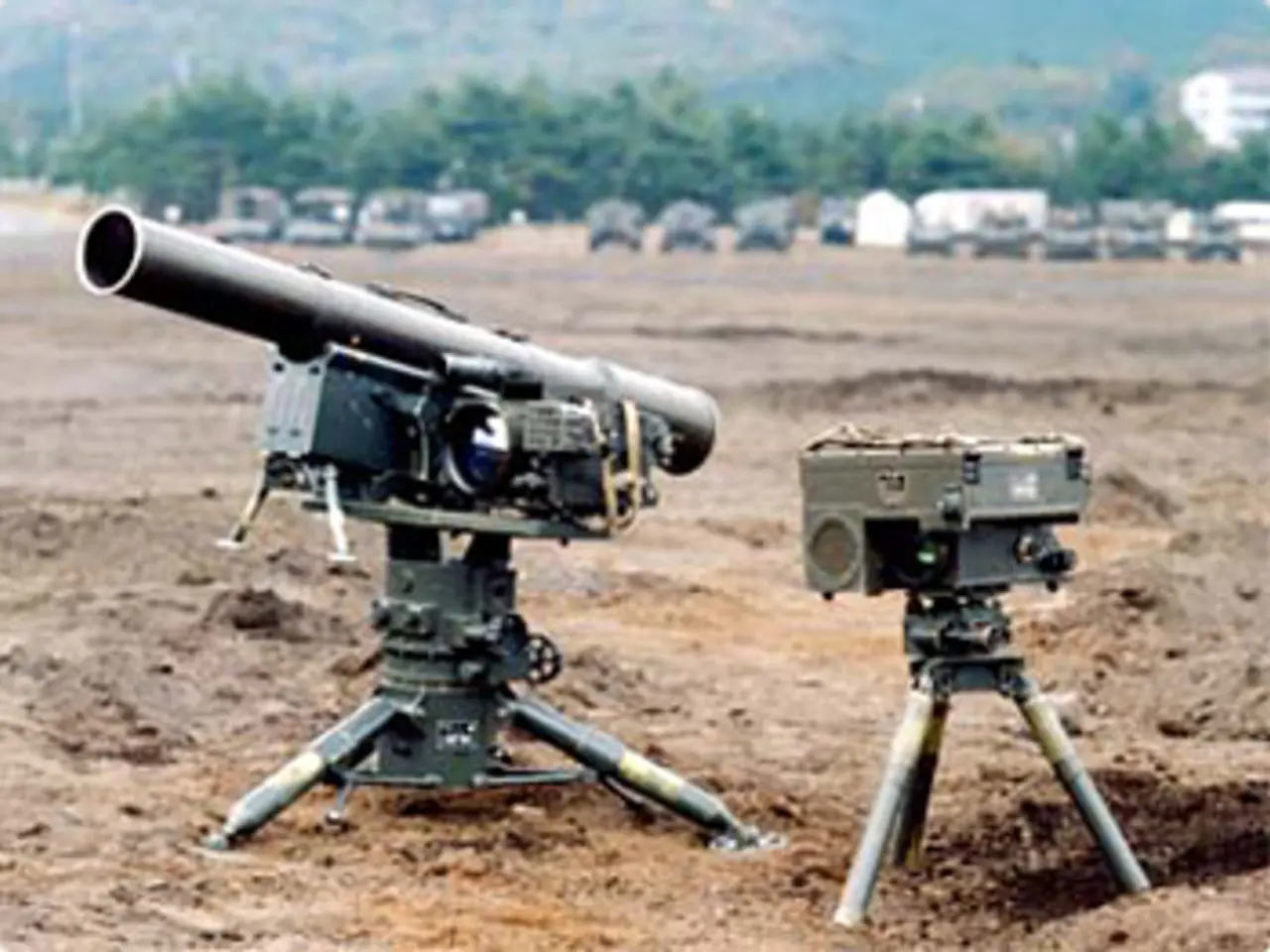Northrop Grumman has resumed work on the Sentinel project and is currently engaging in discussions to increase the speed of B-21 manufacturing.
News Article: Accelerated B-21 Raider Production and Sentinel Program Progress
The US Air Force is expediting the production of the B-21 Raider stealth bomber, following a substantial funding boost from the recent Congressional reconciliation package. The $4.5 billion allocated for this purpose is part of the FY 2026 budget, which totals over $10 billion for the B-21 program.
The Air Force aims to increase manufacturing capacity, though the exact production rates and numbers remain classified. Previously, the production rate was estimated at around seven aircraft per year, with a total buy of 100 bombers planned. This acceleration is intended to ensure long-term efficiency and meet the growing strategic demand for long-range strike capabilities.
Northrop Grumman, the manufacturer, has already taken steps to enable higher production rates. In 2025, the company incurred a $477 million charge to accommodate process changes. General Thomas Bussiere, head of Air Force Global Strike Command, has stated that the Air Force has a clear understanding of the capability, cost, and ramp-up potential to increase production.
The Air Force plans to field more than 100 B-21 Raiders, indicating potential further increases beyond the initial 100 aircraft buy, though specific plans remain under evaluation. However, senior officials like Air Force Chief of Staff Gen. David W. Allvin have cautioned against excessive acceleration to ensure quality and sustainability in the fleet.
Meanwhile, work on the missile element of the Sentinel program is proceeding on schedule. The Sentinel intercontinental ballistic missile program has resumed, and negotiations between the Air Force and Northrop Grumman are underway to accelerate the B-21 bomber production.
In a separate development, Northrop Grumman is investing in solid rocket motor production for growing contracts in munitions and launch vehicles. However, the company does not intend to enter the low-cost, "attritable" cruise missile/munitions market.
The goal is to mature the command and launch segment of the Sentinel program to be on pace with the other two elements. The Sentinel program has been transformed over the last two quarters and is now stable. The Air Force and Northrop Grumman are discussing alternatives and options to accelerate the Sentinel program.
Two B-21 bombers configured for testing but structurally close to production standards will fly in fiscal year 2026, further advancing the bomber’s development and integration into operational inventories.
In summary, the reconciliation package's $4.5 billion funding boost has concretely supported increased B-21 production capacity, underpinning the Air Force's broader effort to accelerate deployment of these next-generation stealth bombers in response to evolving global security challenges. The exact production numbers and the extent of acceleration remain classified for now.
- The US Air Force is in discussions with Northrop Grumman to potentially expand the production of the B-21 Raider, as part of the Sentinel program negotiations, with the aim of creating a Space Force capable of operating within both air and space domains.
- The Pentagon is assessing the technology capabilities required for the accelerated production of the B-21 Raiders and the Sentinel program's missiles, recognizing the need for advanced technology to meet the growing strategic demand for long-range strike capabilities and secure American interests in space.




